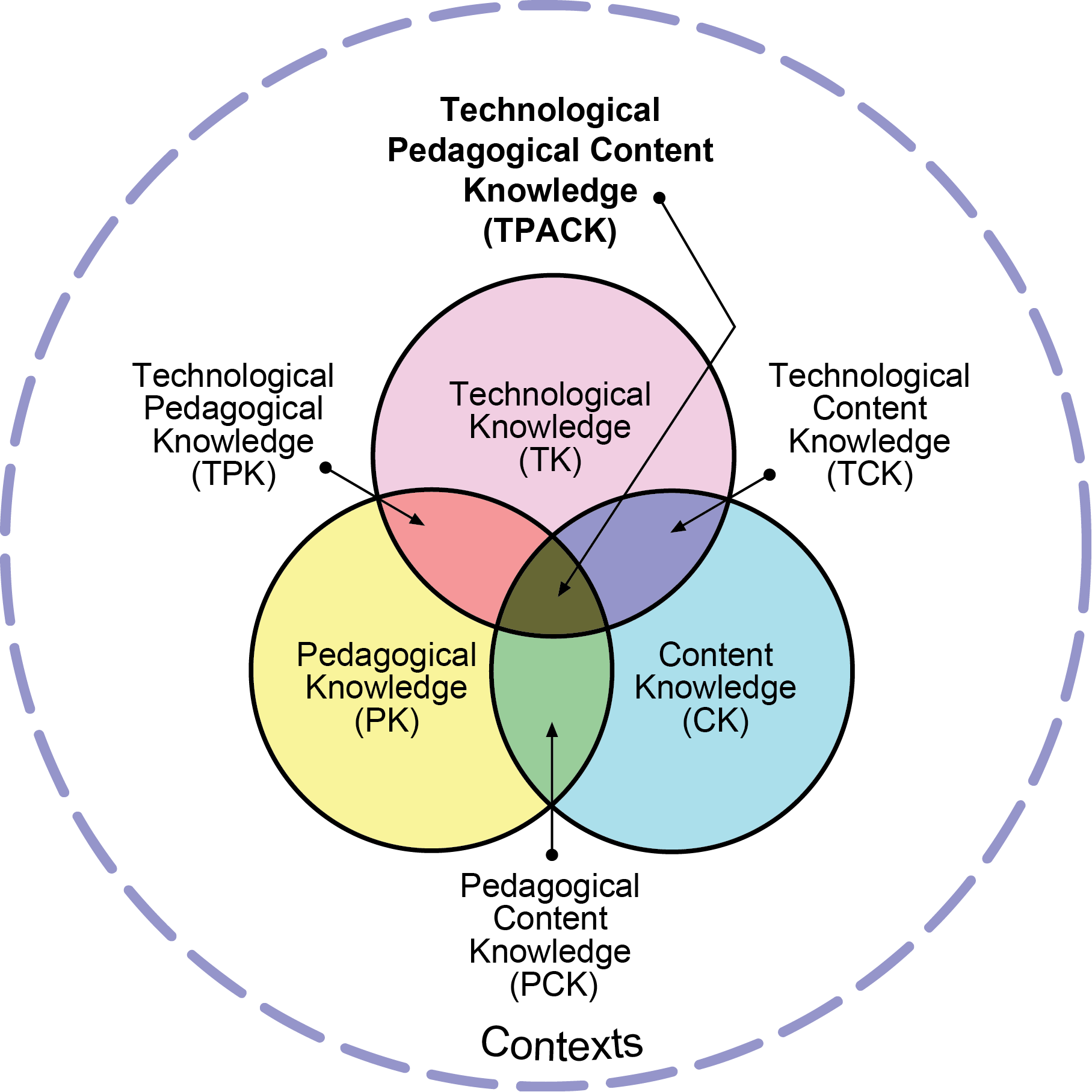A New Way to Present a Concept (UBC – ETEC 510)
Course: ETEC 510
Audience: MET Students, General Audience
The group assignment in ETEC 510 gave me a chance to explore and present the concept of Semiotics to the class. This was not something to which I had ever given much thought before this project, so I looked at it as an excellent learning opportunity.
Since semiotics is all about using symbols instead of lots of words to convey meaning, I wanted to explain the meaning of “Semiotics” in a way that was as intuitive as possible without resorting to the usual forms of instruction. Thus, my biggest challenge in this project was finding a different way of presenting meaning – no PowerPoints, no lecturing, minimal text. The result was a simple game which, I think, illustrated the concept rather well:
Shown below is my reflection on this assignment:
 Loading...
Loading...
Expanding my Technological Knowledge Domain
Aside for the learning that is expected from a project like this, I was also able to explore software packages that I either hadn’t used before or wanted an opportunity to learn more about. In this case, I was able to familiarize myself with two software packages:
The game was written using gDevelop – an open source, cross-platform game creator designed for those with minimal programming experience. I had looked at the possibility of using Scratch or Stencyl for this, but their visual mode of coding just didn’t appeal to me – I am too used to looking at actual written code. Having learned the basics of programming concepts in the late 90s using actual code, the visual mode simply doesn’t feel as flexible or intuitive to me.
Sprites used in the game were drawn using inkscape – an open-source vector graphics editor. Inkscape is somewhat analogous to Adobe Illustrator, which is a tool commonly used to produce diagrams in textbooks and journal publications. Since I am trying to increase my use of visual aids in teaching materials, I feel this could be very useful tool for me. The nice thing about vector graphics is that they are scalable without loss of detail – they can be used on a screen as well as in print and always look sharp


